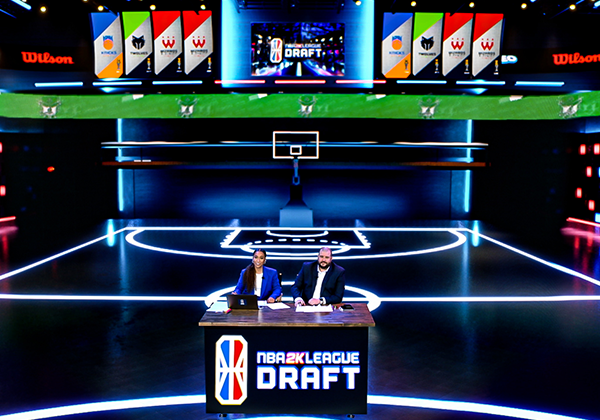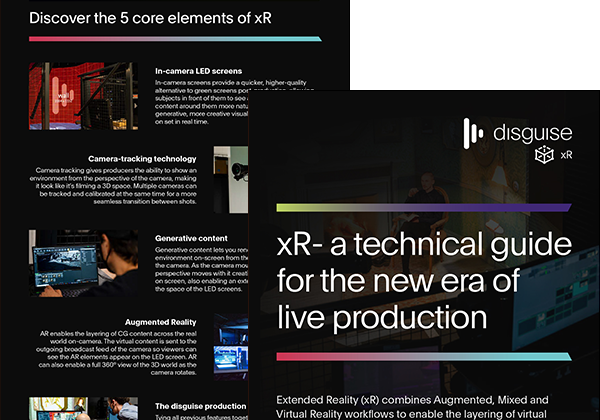
blog 2020 5 min read
Technology to Immerse and Engage Remote Audiences
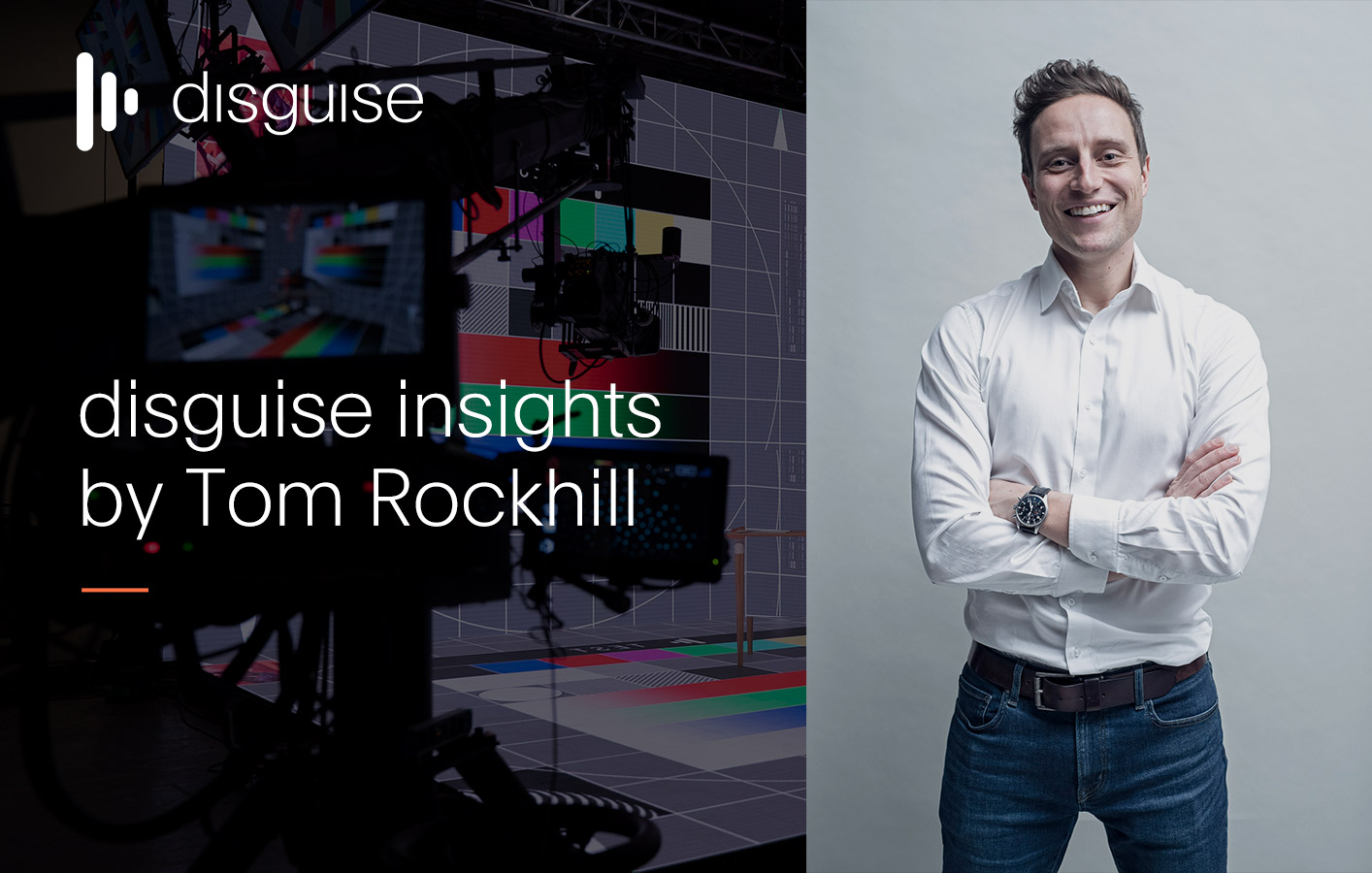
disguise Chief Sales Officer, Tom Rockhill, talks about how Extended Reality technologies can be utilised to promote remote workflows in these ever changing times.
We are living in a time like no other, with workforces across the entire globe feeling the effects of the coronavirus pandemic. Following the quick escalation of global events, every industry is adapting to implement remote measures they had not considered viable until faced with a very sudden shift in direction. These instances are forcing the hand of key decision makers to evaluate and implement opportunities available in a digitally ‘remote’ future.
The live events, sports and entertainment sectors are feeling the unmistakable consequences of strict social distancing measures more than any. The postponements and cancellations of major festivals, popular televised awards ceremonies, national and global sporting events is leaving thousands out of work, and all involved will inevitably experience an unavoidable gap in revenue. With these densely populated production industries grinding to such an abrupt halt, what actions are being taken to adapt to survive and serve this now ‘remote’ community?
How do you connect 10, 100 or 1000 people that are completely remote? At present, this is a very real challenge for businesses, universities, colleges and education institutions around the world. With all the best intentions, the majority of video conferencing systems don't allow for the scale and level of engagement required. The task in hand for businesses is about utilising new methods to produce high end, immersive experiences for both home and live audiences in the future.
VR (Virtual Reality), AR (Augmented Reality) and MR (Mixed Reality) are the way of the future, and their capabilities are already being utilised in ways far beyond anyone’s initial blue sky thinking across various industries. Live broadcasts including the Opening Ceremony of the Pakistan Super League broke a world record for the longest AR broadcast in history, and K-Pop boy band BTS have also experimented with AR during their live stadium shows to maximise fan engagement and opportunities.
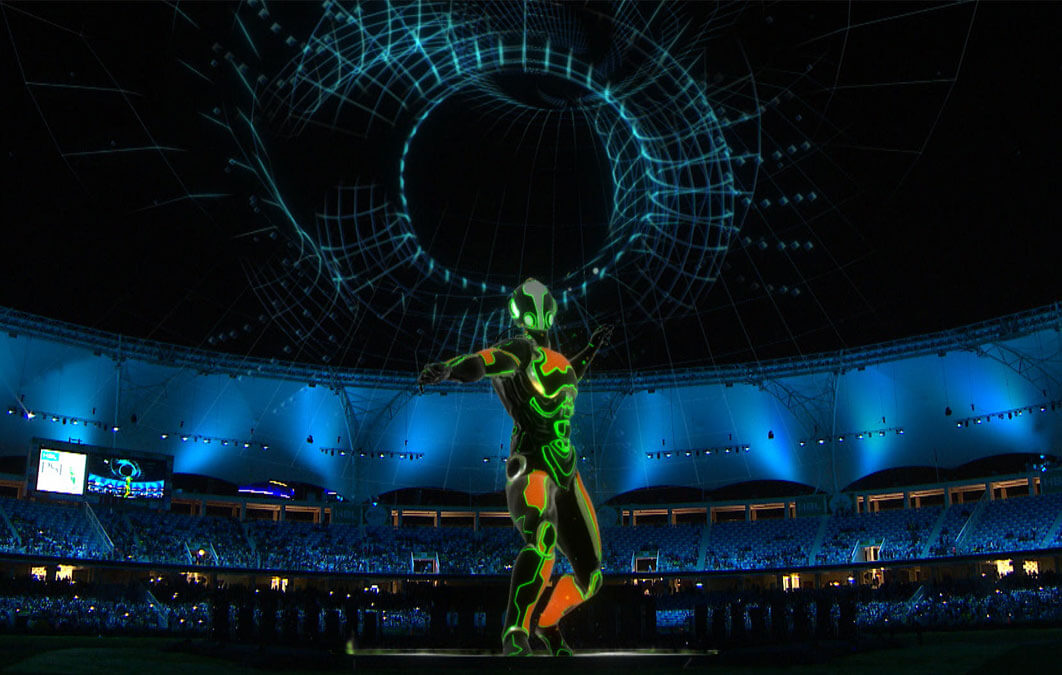
Opening Ceremony of the Pakistan Super League
Taking immersive experiences into the home in light of recently enforced limitations is more vital than ever. Brands, businesses and broadcasters are having to initiate the creation of groundbreaking and next level content experiences for home viewers, during such an unprecedented time of life, whether for work or play, as content consumption reaches an all-time high.
Innovations like disguise’s xR (Extended Reality) shift the production process by allowing the creation of fully immersive experiences and advanced technical opportunities within corporate, education, and broadcast, like news, sports and esports, as well as live events.
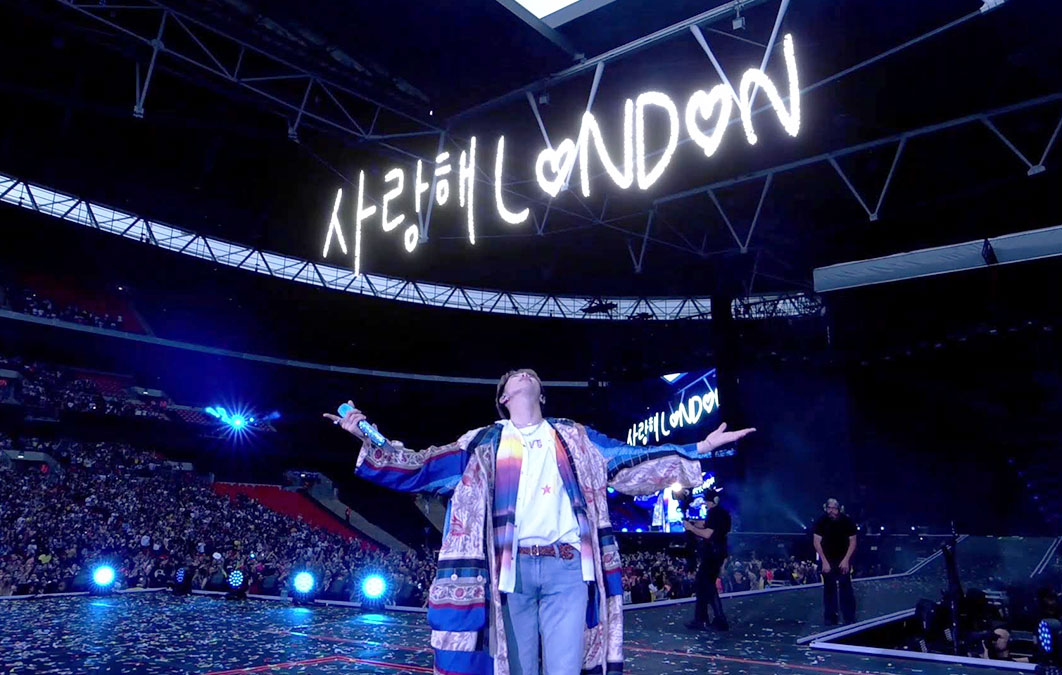
BTS 'Love Yourself:Speak Yourself' World tour
xR technology allows a presenter, as well as the audience to see and interact with the content around them, by using elements of augmented and mixed reality to improve several aspects of the production. It combines camera tracking, content being rendered in real-time, creating virtual environments, which is visible on screen, as well as on the live set and directly in-camera.
xR also produces opportunities for collaboration, combining teams and technologies to drive a single creative vision. Within broadcast, xR can generate a limitless environment within a physically small space. The screens within the space only need to be as large as the performance area; and features such as ‘virtual set extensions’ placing the actors in environments outside of the physical studio itself.
Similarly in film, by relying less on green screen workflows, there is less duplication of work in post-production as the emphasis is on getting things right the first time. The goal of mixed reality within xR is to create more compelling broadcasting and a more engaged audience and presents a watershed moment in new technologies that will throw a lifeline to many industries in the current crisis.

Now more than ever, it’s vital for the industry to sharpen its skills. Creative communities have the opportunity to begin cutting their teeth with innovative technologies, prior to projects coming back online in time to come. For manufacturers, it’s about reaching communities in as many ways as possible and providing them with the tools to upskill.
At disguise, we are seeing our customers finding advanced ways to connect with their customers too, and the responsibility lies with us to provide them with engaging and immersive ways of communicating whilst being at home. Some creative brands, including us, are hoping to help studios and production houses access various market opportunities presented by technologies like AR with free testers of solutions for delivering spectacular and captivating visuals, helping to rebuild their pipeline of work for the future.
With claims flying around that industries may never return to normal following this once in a lifetime epidemic, there is no doubt that there will be huge dents in the armour of many. But as human beings, and as consumers, interaction and the sharing of experiences is what brings the masses together. It may take time, but there is still a very strong and clear goal of insight at the end of this temporary time of life – one that focuses on regaining momentum and not just return to ‘business as usual’, but better business than ever, having utilised this time to pause, learn and reflect wisely on the future.

